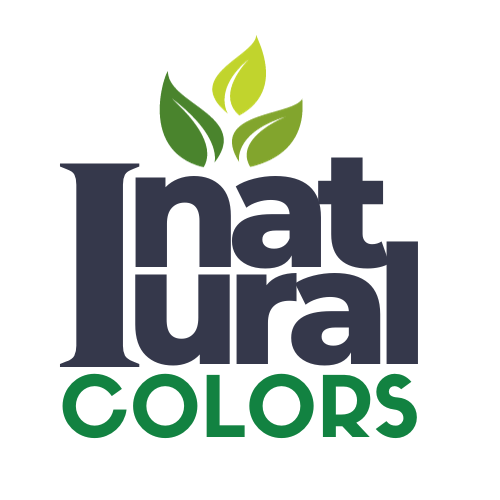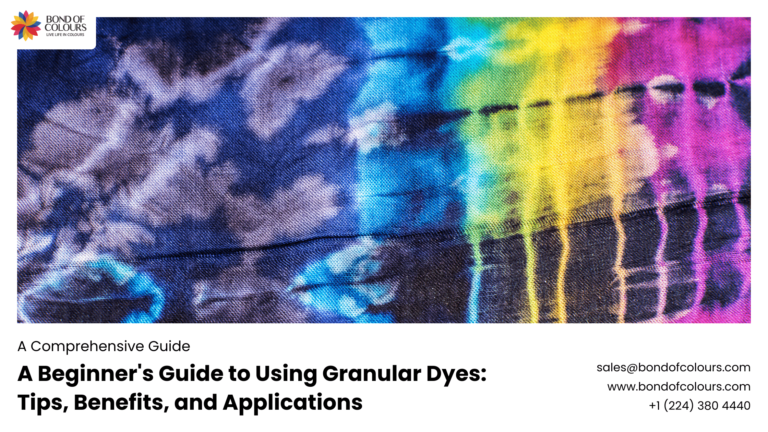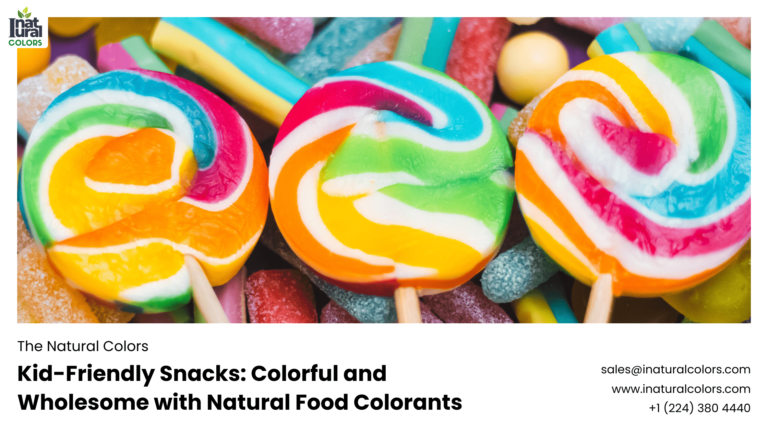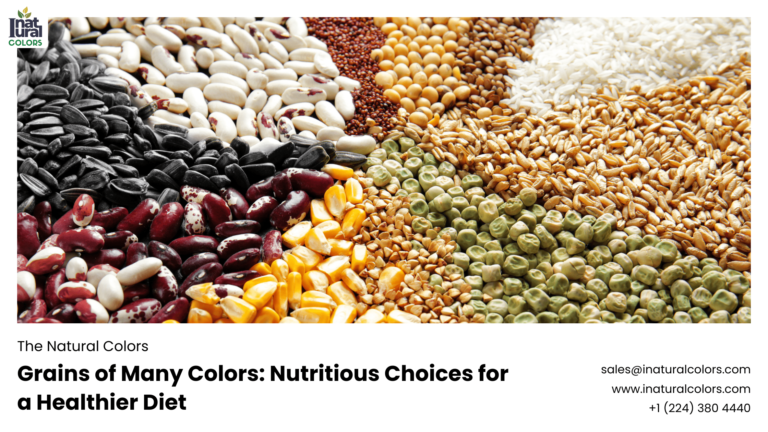Beautiful Plants For Your Interior
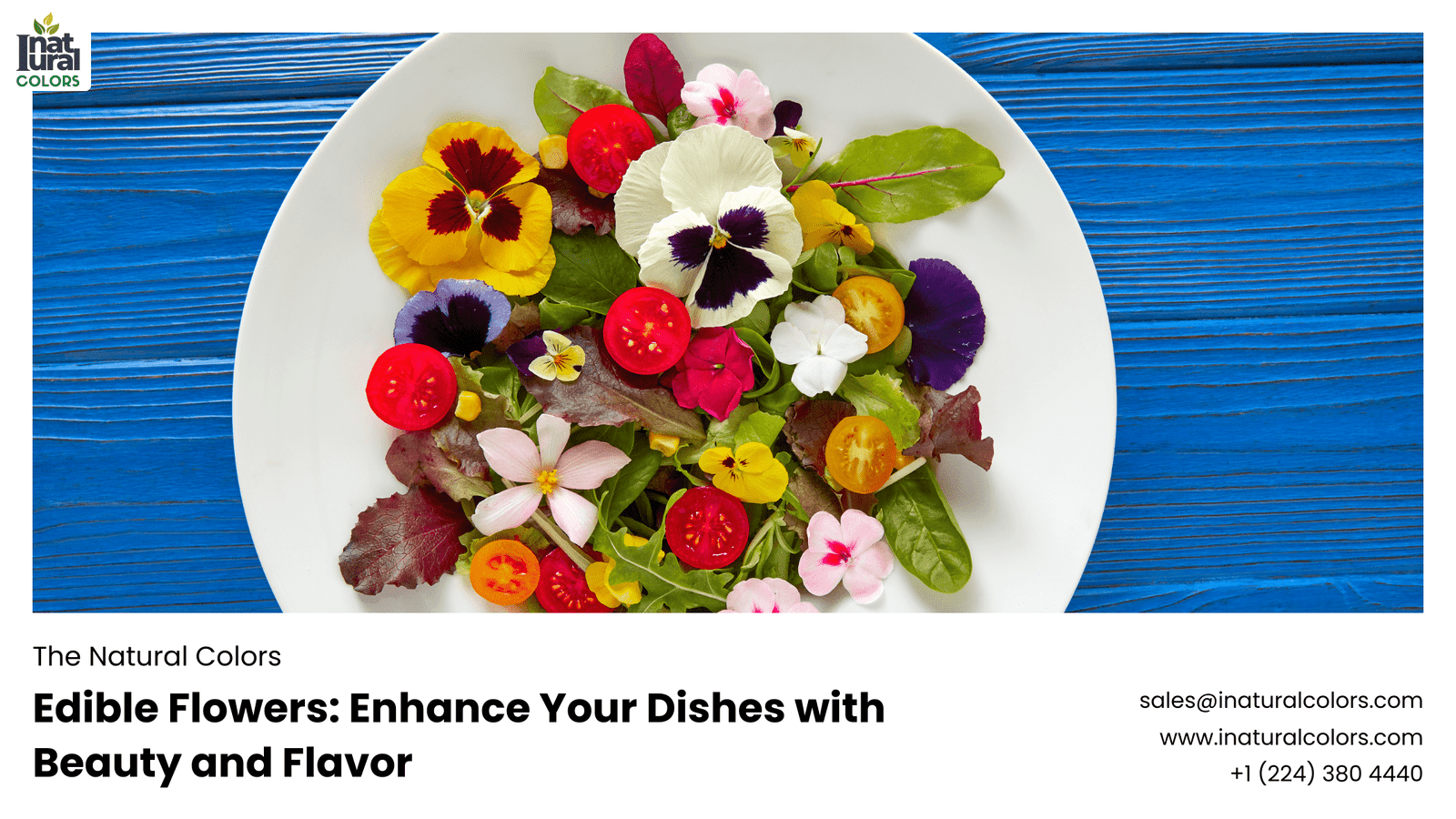
Edible Flowers: Beauty and Flavor on Your Plate
Introduction
Have you ever thought about adding flowers to your dinner plate? Not just as a decorative touch, but as a flavorful and nutritious component of your meal? Edible flowers are becoming increasingly popular, transforming ordinary dishes into extraordinary culinary experiences. From salads to desserts, these vibrant blooms offer a feast for the eyes and the palate.
The History of Edible Flowers
Flowers have been used in cooking for centuries. Ancient cultures, including the Greeks, Romans, and Chinese, incorporated flowers into their diets, recognizing their health benefits and unique flavors. In Victorian England, edible flowers were a staple in high society, used in everything from syrups to desserts.
Benefits of Using Edible Flowers
Nutritional Value
Edible flowers are more than just pretty faces; they pack a nutritional punch too. Many are rich in vitamins and antioxidants, contributing to a healthy diet.
Aesthetic Appeal
The visual impact of edible flowers cannot be overstated. They add a splash of color and elegance to any dish, making meals more appealing and enjoyable.
Unique Flavors
Each flower has its own distinct taste, ranging from sweet and floral to spicy and tangy. This variety can enhance the complexity and depth of your dishes.
Popular Edible Flowers
Roses
Roses are renowned for their sweet fragrance and delicate flavor. They are perfect for infusing into syrups, jams, and desserts.
Violets
Violets have a subtle sweetness and are often used to decorate cakes and pastries. They also make delightful candied treats.
Marigolds
With their bright colors and slightly peppery taste, marigolds are great for adding zest to salads and savory dishes.
Nasturtiums
Nasturtiums offer a peppery kick, making them a popular choice for salads and garnishes. Both the flowers and leaves are edible.
Lavender
Lavender’s sweet and floral notes make it ideal for desserts, beverages, and even savory dishes like roasted meats.
How to Grow Edible Flowers
Choosing the Right Flowers for Your Garden
Not all flowers are edible, so it’s essential to choose the right varieties. Research and select flowers that are known to be safe and flavorful.
Soil and Climate Considerations
Most edible flowers thrive in well-drained soil and sunny locations. Consider your local climate when planning your garden.
Organic Growing Practices
To ensure your flowers are safe to eat, avoid using synthetic pesticides and fertilizers. Opt for organic growing methods to keep your blooms toxin-free.
Harvesting and Storing Edible Flowers
Best Time to Harvest
Harvest flowers in the morning after the dew has dried but before the sun is too hot. This timing helps preserve their flavor and freshness.
Proper Storage Methods
Store harvested flowers in the refrigerator, preferably in a single layer on a damp paper towel. Use them as soon as possible for the best taste and texture.
Using Edible Flowers in Cooking
Salads and Garnishes
Sprinkle petals over salads for a burst of color and flavor. Whole flowers can also serve as elegant garnishes.
Main Dishes
Incorporate flowers into savory dishes like soups, stews, and stir-fries to add a unique twist.
Desserts
Edible flowers are perfect for decorating cakes, cupcakes, and cookies. They can also be used in ice creams and jellies.
Beverages
Infuse flowers into teas, lemonades, and cocktails for a fragrant and flavorful drink.
Recipes Featuring Edible Flowers
Rose Petal Jam
This sweet and fragrant jam is perfect for spreading on toast or adding to pastries.
Lavender Lemonade
A refreshing drink with a hint of floral sweetness, perfect for summer days.
Nasturtium Pesto
A spicy twist on traditional pesto, using nasturtium leaves and flowers for an extra kick.
Safety Tips for Using Edible Flowers
Identifying Safe Flowers
Always make sure the flowers you use are safe to eat. Some flowers can be toxic, so proper identification is crucial.
Avoiding Pesticides
Never use flowers from florists or nurseries that may have been treated with chemicals. Grow your own or source from trusted suppliers.
Allergy Considerations
Be aware of potential allergies. If you’re trying a flower for the first time, start with a small amount to ensure you don’t have an adverse reaction.
Innovative Uses for Edible Flowers
Floral Ice Cubes
Freeze petals in ice cubes for a stunning addition to beverages at parties and gatherings.
Flower-Infused Oils and Vinegars
Infuse flowers into oils and vinegars to create unique dressings and marinades.
Flower Syrups
Make syrups with edible flowers to drizzle over pancakes, waffles, or desserts.
Edible Flowers in Fine Dining
Gourmet Dishes Featuring Edible Flowers
Many gourmet restaurants use edible flowers to elevate their dishes, adding both flavor and visual appeal.
Celebrity Chefs and Their Flower-Inspired Recipes
Celebrity chefs around the world are incorporating edible flowers into their menus, creating innovative and beautiful dishes.
Cultural Significance of Edible Flowers
Symbolism in Different Cultures
Flowers often carry symbolic meanings, such as love, purity, and beauty, making them significant in various cultural rituals and celebrations.
Traditional Celebrations and Edible Flowers
From weddings to festivals, edible flowers play a role in many traditional celebrations, adding a touch of nature’s beauty to the festivities.
DIY Edible Flower Projects
Homemade Floral Teas
Create your own blends of floral teas for a soothing and aromatic experience.
Crafting with Edible Flowers
Use edible flowers in crafts like homemade candles, soaps, and bath salts for a fragrant and luxurious touch.
Frequently Asked Questions
What are edible flowers?
Edible flowers are blossoms that are safe to eat and can be used in cooking to enhance the flavor and appearance of dishes.
How do I know if a flower is safe to eat?
Research and identify edible varieties, and only consume flowers that are specifically grown for culinary use.
Can I grow edible flowers indoors?
Yes, many edible flowers can be grown indoors in pots with proper care and lighting.
Do edible flowers taste good?
Yes, edible flowers offer a range of flavors from sweet to spicy, adding unique taste profiles to your dishes.
Are there any health benefits to eating flowers?
Edible flowers can be rich in vitamins and antioxidants, contributing to a healthy diet.
Conclusion
Edible flowers are a beautiful and flavorful addition to any meal. They offer a unique way to enhance your culinary creations with their vibrant colors, diverse flavors, and nutritional benefits. Whether you’re a home cook or a professional chef, incorporating edible flowers into your dishes can elevate your cooking to new heights. So, why not start experimenting with these natural wonders and bring a touch of nature’s beauty and flavor to your plate?
